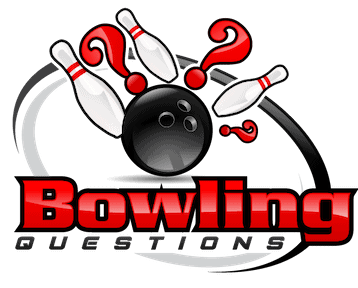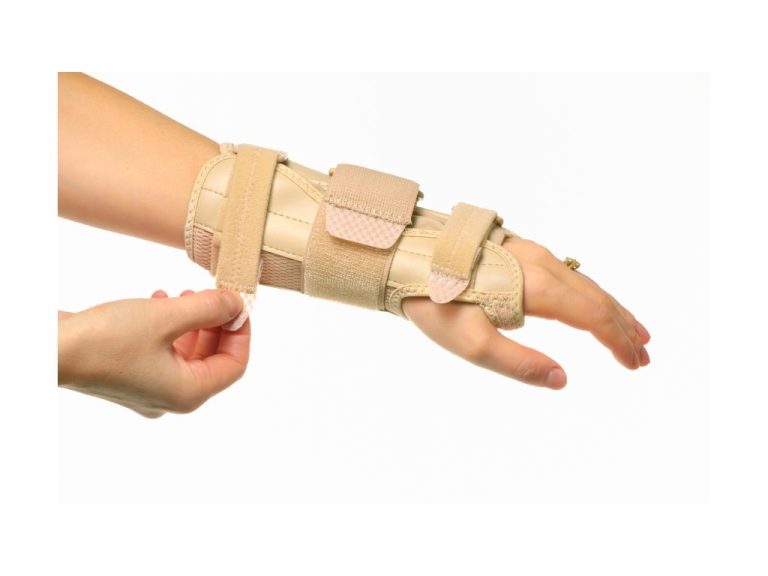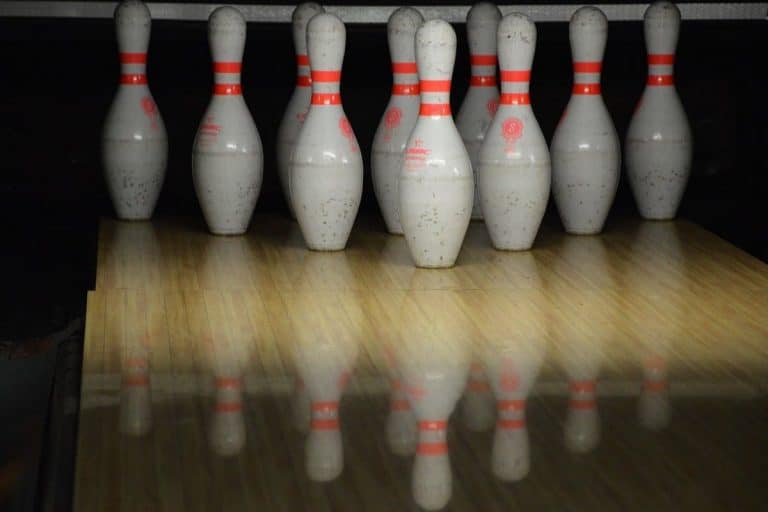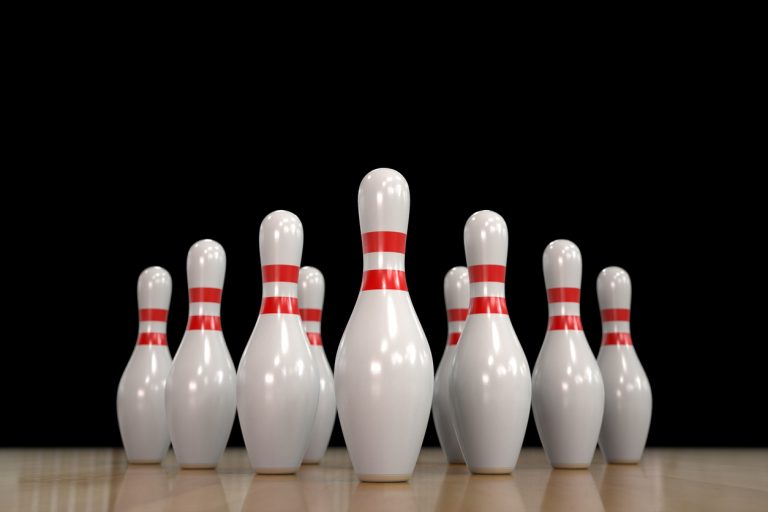Do Pro Bowlers Use the Thumb Hole?
Every bowler, professional or not, has their own unique style; this includes their preferences for how to hold the ball. It’s only natural to wonder how the pros do it. Do they use the thumb hole?
Pro bowlers do use the thumb hole in their ball. As of August 1st, 2020, the USBC (United States Bowling Congress) updated bowling ball regulations to ensure that all holes are used. If the thumb hole is not used, then that hole will be considered to be a balance hole, which is no longer allowed.
Why would someone not want to use the thumb hole while bowling? How have professional bowlers adjusted to comply with the new USBC bowling ball regulations? Read on to find out the answers to these and other questions.
What Is the Purpose of Each Hole in a Bowling Ball?
Most ten-pin bowling balls have three holes that are made for gripping. The two holes closest together are for the bowler’s middle and index fingers. The third hole is meant for the thumb. You may see balls that have five holes or sometimes more. One reason for this would be to change the number of fingers a bowler can use to grip the ball. You can use all five fingers in a 5-hole grip.
The other common reason for additional drilled holes in a bowling ball is balance holes. Each balance hole changes a ball’s center of gravity. It used to be that a ball needed to be balanced within the guidelines to meet the USBC regulations. Then bowlers began to use them to their advantage by drilling balance holes in specific places to make their ball behave a certain way.
Why Would a Bowler Not Want to Use the Thumb Hole?
A bowler might not want to use the thumb hole in their tenpin ball because it’s uncomfortable. Those balls are heavy and can cause a strain on the thumb. Rough edges along the drilled hole can also cause discomfort. Placement can cause discomfort if the holes don’t match up with the bowler’s hand. This is more common when using generic balls at a bowling alley. Custom drilled balls rarely have this issue.
Achieving an effective hook ball is another reason why a bowler might not want to use the thumb hole (source.) This is when the bowler wants the ball’s path to curve rather than be straight. The thumb needs to be out of the thumb hole before the ball is released to get the desired curved effect.
Improving Your Bowling Experience When Using the Thumb Holes
With the updated USBC rules, it seems that most professional bowlers will need to decide whether to have a 2-hole or a 3-hole tenpin ball. If they choose to keep the thumb hole, then there are things they can try to make their experience more positive.
Grips and Thumb Inserts
Some bowling ball accessories can help your fingers be more comfortable in the drilled holes. These are helpful because your fingers’ size can change with your body temperature or slight weight fluctuations during different times of the year. They also help if you use multiple balls by giving them a more consistent fit and feel for your fingers.
This video does an excellent job of explaining how grips and thumb inserts can help improve a bowler’s experience:
Bowling Tape
There are two main uses for bowling tape. The first is for applying directly on your ball for fine-tuning the thumb hole to create a custom fit for your thumb. The second is to apply the tape to your thumb instead of on your ball. This will help increase the comfort of your thumb and create a better fit based on your thumb’s current state. Various factors can make your thumb shrink or swell during a tournament.
The Storm Max Pro Thumb Tape Fast is rated 4.8 out of 5 stars. This pack of sweat-resistant 40 pre-cut thumb strips comes in one color and one speed per box. Choose the right one for you to increase comfort and prevent injuries during a tournament.
Different Kinds of Professional Bowling
When someone mentions ‘pro bowlers’ to you, your mind might automatically go to ten-pin bowling (or big-ball bowling) depending on where you are from. There are other types of professional bowling recognized nationwide and some even internationally.
Ten-Pin Bowling
Ten-pin bowling is the most common type of bowl. Generally, most people just refer to it as ‘bowling.’ The balls usually weigh approximately 16 lbs (17.3 kg) or slightly less and have three finger holes, but that can vary. The game’s objective is to knock down ten bowling pins with the ball in just two attempts.
The PBA (Professional Bowlers Association) is the organization that runs most sanctioned events and tournaments having to do with ten-pin bowling. The PBA Tour is just one of their well-known events.
Ten-pin bowling is widely played by the sight-impaired community. Blind bowlers can play in the same bowling alleys as sighted bowlers, but they usually are allowed the provision of a sighted guide.
Rules and Regulations
As previously mentioned, the USBC put new rules into effect on August 1st, 2020. Here the main rules that affect your tenpin bowling ball:
- You can only clean or polish your bowling ball with a dry towel during a tournament. This eliminates the use of rosin on the gripping holes, abrasives, and other types of cleaners that may alter your ball’s surface. Any exceptions would need to be approved by the onsite league or tournament officials.
- All holes in the bowling ball must be used for gripping purposes. This includes any balance holes. If you want to bowl without using your thumb, then your ball must not have a thumb hole.
Five-Pin Bowling
Five-pin bowling is played using a smaller ball that weighs about 3 lbs 6 oz (1.5 kg) up to 3 lbs 12 oz (1.7 kg) to knock down five pins in three tries. These balls have no finger holes at all.
Most popular in Canada, five-pin bowling is regulated by the Canadian 5 Pin Bowlers’ Association. Like the USBC does for tenpin bowling, this organization provides a rule book for players, coaches, and officials, and so much more.
Duckpin Bowling
Duckpin bowling balls are the same size as five-pin balls and also have no finger holes. What is different about duckpin bowling is that there are ten pins to knock down with three balls or less.
The NDBC (National Duckpin Bowling Congress) sets the rules and regulations for bowling alley certifications, tournaments, rankings, and more. They work in conjunction with the DPBA (Duckpin Professional Bowlers Association) to bring you the DPBA Pro Tour.
Candlepin Bowling
Candlepin balls are even smaller than duckpin and five-pin balls and weigh just between 2 lb 4 oz (1.0 kg) and 2 lb 7 oz (1.1 kg). They do not have any finger holes and can fit in the palm of the average adult’s hand.
Candlepin bowling is most common in the Northeast and some parts of Canada. The ICBA (International Candlepin Bowling Association) provides rules and regulations for events, the Candlepin Hall of Fame, and both youth and adult tournaments.
How to Become a Professional Bowler
Professional bowlers need to pay a registration fee to enter tournaments. Their salary comes from the prize money they can potentially win. That means not all pro bowlers get paid each time they compete.
You need to be good to be a professional bowler and have a regular average of 200 or better. If you can make a name for yourself by winning some of the bigger tournaments, then you might receive sponsorship offers from brands.
Final Thoughts
Not all professional bowlers compete in a game that uses balls with holes. Pro bowlers use the thumb holes in tenpin balls according to the USBC rule that all grip holes must be used. The only exception would be to use a ball that does not have a thumb hole drilled into it.
Despite some bowlers’ dislike of using thumb holes, there are some strategies they can try to improve their bowling experience while following USBC regulations.
Sources
- United States Bowling Congress: About
- Bowling This Month: Bowling Ball Balancer Hole Fundamentals
- Wikipedia: Ten-pin Bowling
- Top End Sports: Tenpin Bowling
- Wikipedia: Bowling Ball
- Wikipedia: Professional Bowlers Association
- PBA: About the PBA
- IBSA (International Blind Sports Federation): Tenpin Bowling – General Information
- Bowl Canada: All About Bowling
- Canadian 5 Pin Bowlers’ Association: About
- National Duckpin Youth Association: The Basics of Duckpins
- National Duckpin Bowling Congress: About
- DPBA Pro Tour: Home Page
- Wikipedia: Candlepin Bowling
- International Candlepin Bowling Association: The History of Candlepin
- Sparetimes: How Do You Get to Be a Professional Bowler
- Bowling for Beginners: How to Hold a Bowling Ball
- LIUSBC: New Rules
- Wikipedia: Hook (Bowling)
- Bowling Is Easy: 4 Types of Bowling Tape and How to Use Them to Increase Your Average





